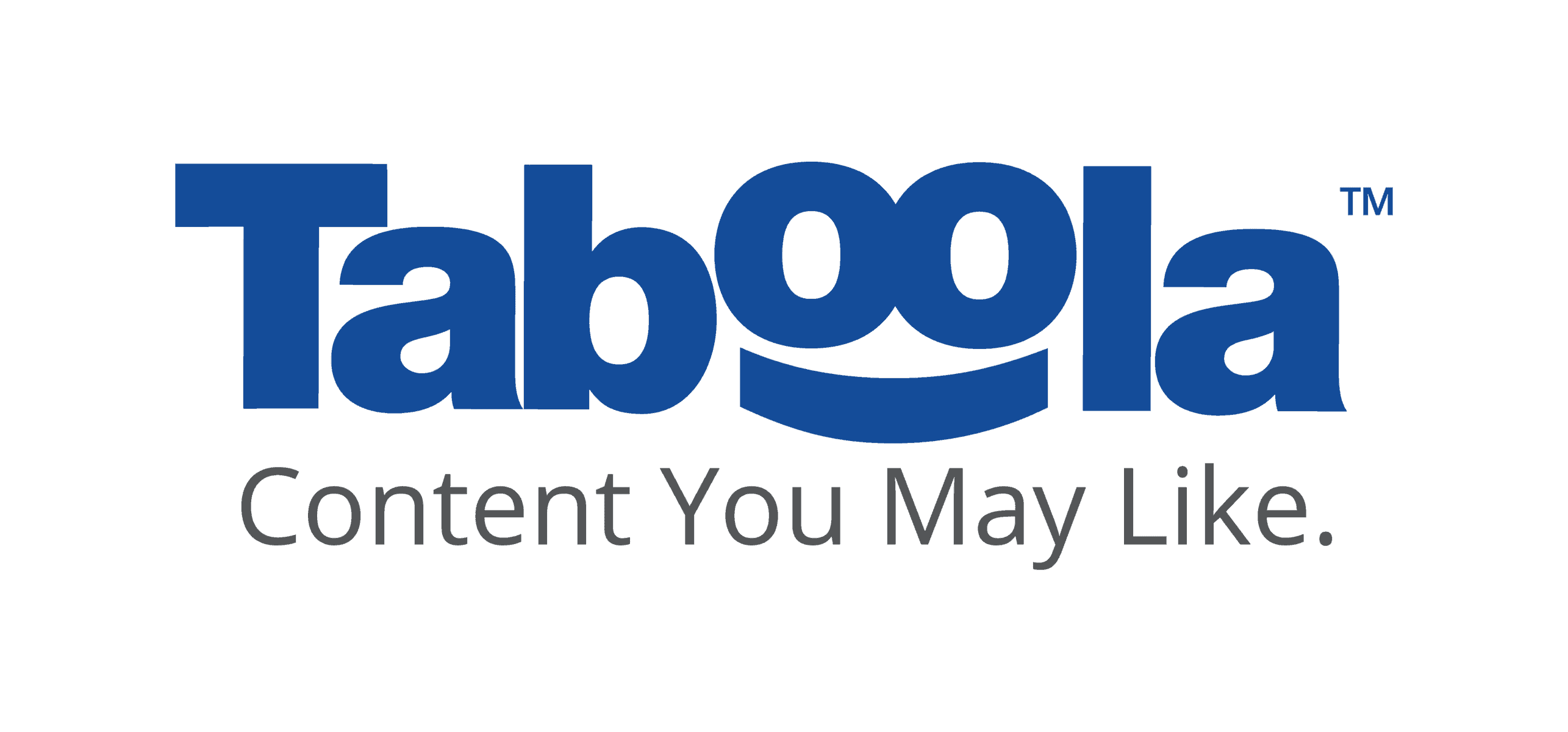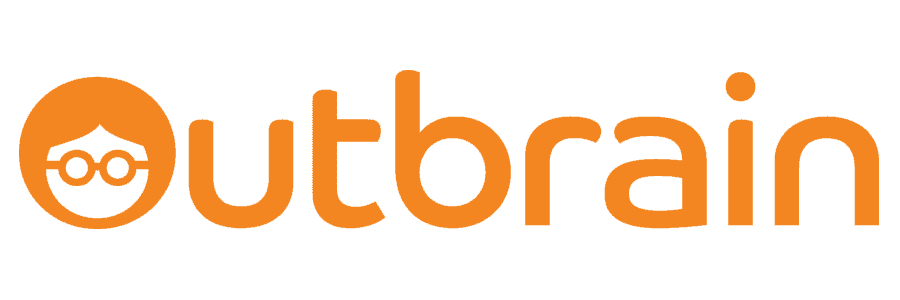We've all seen them – those tiny chains of articles at the bottom of every Forbes, CNN, and TIME Magazine post. With click-bait headlines and awkward images trying to pull you in.
What are those and why are they there?
Essentially, they're ad networks that allow websites to monetize their pages on a cost-per-click method, like with Google's AdSense, but instead it's offered in a more native format hidden inside the content. Not only are we able to attain revenue as a publisher, but we also can also benefit as an advertiser because the people clicking are interested in content – rather than seeing a sales page for a product/service.
What You'll Learn Today
- check
The websites using these ads are part of a “Content Discovery Network (CDN’s)”. They are considered ‘native ads' because instead of the usual banner ad on the side of the page, they are designed to blend in with the content and seem more like suggestions. Rather than ads.
Well over the next few sections – we'll introduce you to the big players in this space. However, if all of this makes you want to take a step back and you'd like to learn more about the fundamentals of internet traffic, click here.
The traffic from being part of these content networks isn't free but it's only 1 of the 4 traffic types we've chatted about previously.
Here's an example of what those Content Discovery ads look like… notice the Pink box we highlighted for you.

Yes, the headlines are awful but people have made money off of worse things on the internet.
If all these big companies are using these networks then there must be something good happening here…
Maybe they're getting paid really big CPC numbers or why else would they subject their readership to these types of ads and drive away their traffic to other content?
Why Are Content Discovery Networks Successful?
Well for one, banner ads falling out of favor and native advertising is moving in. Native ads come in all shapes and sizes but usually, it just means the ad is displayed in a more natural setting. Just think about the ads in your Facebook feed or Sponsored Posts on your favorite finance website.

It's the same concept except now ads appear as ‘suggested articles'. Even though the CDN links have nothing to do with the original content it appears on.
But that's not to say the content is completely irrelevant, the networks are constantly tweaking what people are more likely to click on – not what's similar to your own content.
When a reader clicks on the link, the publisher and the Content Networks split the revenue that an advertiser pays. It sounds like a good deal, but we'll have to dive into this a bit more and get tactile with how useful these ads really are for us…
Suggested Readings:
Maximize ROI with Content Discovery Networks
5 Tips For Improving Your Websites Look
Are These Ad Networks For Everyone?
One common conclusion people have on these advertisements is that they’re tacky. They have a strange way of making an outstanding article seem a bit ‘off' and it degrades the user experience – along with the overall brand.
Imagine reading an article on TIME Magazine about the latest terror attack in Europe or the 75th year anniversary of the first Moon landing – then all of a sudden being ‘suggested' to read on about Justin Bieber's latest escapade.
It just doesn’t sit right with certain people.
Large companies like Forbes, TIME, and AOL have gathered tons of authority in the past year and it would take a lot for readers and Google to devalue their content. We, on the other hand, have to be more nimble with our SEO efforts and thoughtful about the foundation of our brand.
This is the type of interesting topics we go through daily in our Facebook Group.
One of the restrictions that these networks place on advertisers is that the content cannot lead to product-specific landing pages. This rule isn't set in stone but applies if you are aiming to score the bottom of Forbes or another big publication.
Also, there's a monthly spending minimum required. But the CPC's are lower and the Click-Through-Rates are actually higher so your advertising investment could potentially stretch a lot further. It’s a fine balance of course and if we decide to put these ad's onto our page – we have to weigh the money vs. the integrity.
Suggested Readings:
4 Myths About Display Advertising
By now you’re probably wondering who the biggest players are in this space and what they offer or don't offer us as Niche Site Builders. Let’s get to it!
A Few Content Networks For Us
Taboola
Taboola holds an impressive customer base with high traffic sites such as CBS, NBC, Time Warner, Business Insider, and Fox Sports being examples. They’re known for keeping low CPC's with high traffic, so it's very attractive for risk taking advertisers willing to have their readers head to sites that Taboola suggests.
Niches that do well on Taboola are: Food & Spirits, Health & Wellness, plus Pets. A ‘double-edged sword' with these types networks is that they expect and require advertisers to spend a certain amount of money every month to ensure fill rates but their ad algorithms are constantly tweaking to show pictures and headlines with the highest click-through-rates. Regardless of whether the individual reader has ever shown interested in it. Unlike retargeting that works on a very individual basis, Content Discovery Networks try to estimate what the general public would like. And of course, as Niche Site entrepreneurs – we aren't the general public.
Taboola claims to reach 1 Billion readers each month.
Suggested Readings:
Growing Random Traffic with Taboola
Outbrain
Outbrain and Taboola are the dominant contenders in this space and have the most notable publishers. Although Outbrain has been reviewed as having less traffic, their bounce rates are known to be lower and readers are thought to be more engaged with the content. This is probably due to a different vetting process for advertisers and a slightly different algorithm.
Outbrain's calls TIME, CNN, Slate, ESPN, Fox News, and Mashable as their top tier publishers. The advertisers and publishers that are reviewed to do the best here are: DIY, Business, Tutorials, Education, and Entertainment.
Outbrain's ad network is said to reach 557 Million reader's each month.
Suggested Readings:
16 Companies Dominating Google
ZergNet – The Free Network
Zergnet is a third platform that’s not monetized at all from Advertisers. Which means it doesn't cost you anything to distribute your content. But with zero cost traffic, you also lose advertising the potential for advertising revenue.
The interesting thing about Zergnet is that the links don't take you directly to the ‘advertisers' site. Instead, you are directed to Zergnet's own homepage but with the advertisers link highlighted, yet surrounded by other articles. So a reader would have to take two steps in order reach their desired content. It's a hassle for the reader, but that’s how they can get away with running a network without charging for advertising. They seem to be in it for the long hall. Mark Cuban is also one of their investors.

Zergnet actually shares a few big name publishers such as TIME (again), Rolling Stone, and Men’s Journal. TIME has likely tested their monetization techniques enough to know which articles do well on which networks.
If you sit anywhere in the Pop Culture or Gaming niche, then this would be the right network for you.
Suggested Readings:
Zergnet's Traffic Hungry Publishers
What Do We Take Away From All This?
As niche site builders, it doesn’t make sense for us to put these networks on our site unless we have plenty of content. But even then, a payout from successful affiliate commissions is larger than CPC's and it's also less distracting for BUYERS. Optimizing means making it easier for a reader to take action.
The large companies using these networks already built a dedicated readership that cost them millions to acquire. People visiting these big sites know the content they are reading there is better than any of the advertisements near the bottom. Depending on how old your site is, you might still be trying to build trust and authority with your audience and Content Discovery Networks would likely take you a step back, rather than move forward.

It would not make sense to spend our money on to advertise on these networks either. Especially when we can take those funds and produce more content and reach a targeted audience through Facebook or Pinterest. These networks don't gain return readers and they don't care. Think of the last time one of those big sites wanted your email address in order to get a ‘checklist for the best ways to X'.
If you do insist on trying these networks out, test ONLY with new content. That way you can measure the effect the networks make on your pages traffic and ROI. You want to isolate any organic traffic's influence so that you can see how effective these ad networks were.
Remember that these networks are just an alternative to AdSense. One thing we mentioned earlier is that although these Content Networks have higher click-through-rates, Adsense will likely have higher CPC's though and you can take advantage of retargeting with them. But as you may have read from previous post's, we don't suggest using AdSense either. At least not for your first site. It's not that AdSense doesn't work. Because it does, but it's because it's much faster to monetize with Affiliate Marketing.
Suggested Readings:




